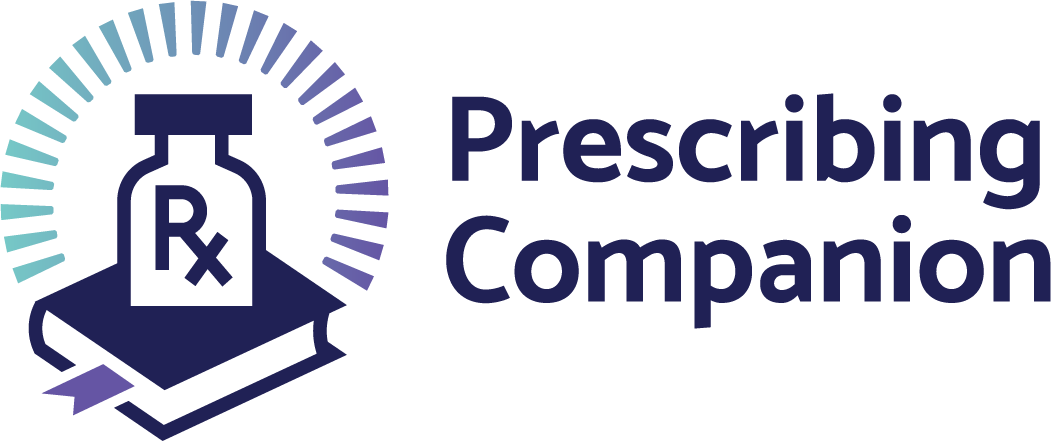Treatment Failure with No Further Treatment Options
exp date isn't null, but text field is
Continue the failing ART regimen unless there are intolerable toxicities or drug interactions. Even with treatment failure, the regimen is likely to have some residual antiviral activity. Stopping therapy in the setting of virological failure can be associated with rapid falls in CD4 counts and development of OIs.
When to Consult or Refer to the Next Level of Care
The following criteria are indications to consult or refer to the next level:
- Suspected hepatotoxicity not responding to standard management (e.g. TB/HIV co-infection treatment, ALT/AST >5-fold of the upper limit of normal)
- Second-Line treatment failure or inability to tolerate Second-Line therapy
- Complications on PI-based regimen
- Severe or life-threatening adverse reactions
- Inability to tolerate therapy despite the change in regimen
- HIV-HBV co-infection with renal insufficiency
Third-Line ART: Second-Line Treatment Failure
Treatment failure is defined by a persistently detectable viral load >1,000 copies/mL. For adolescents and adults, failure is two consecutive viral load measurements within a three-month interval, with adherence support between measurements after at least six months of using triple combination ARV drugs. For children, viral load may still be detectable at 6-9 months after initiation and does not necessarily mean treatment failure. Viral blips or intermittent low-level viremia (20–1,000 copies/mL) can occur during effective treatment but have not been associated with an increased risk of treatment failure unless low-level viremia is sustained. A repeat blip should be assessed further at the ATC. Additionally, clinical and epidemiological studies show that the risk of HIV transmission and disease progression is very low when the viral load is lower than 1,000 copies/mL
Provision of third-line ART occurs in very rare circumstances and is beyond the scope of most ART providers. All patients being considered for third-line ART should have:
- Confirmed Second-Line ART failure (defined by a persistently detectable viral load exceeding 1,000 copies/mL [i.e., two consecutive viral load measurements within a three-month interval with enhanced adherence support between measurements] after at least six months of using Second-Line ART)
- Genotype (resistance) testing (Figure 17) to an HIV Specialist at an Advanced Treatment Centre (ATC) with a complete ART treatment history (i.e., all previous ARV drugs that the patient has taken with the duration of use)
- Before starting the third line, establish the reason for treatment failure (e.g., poor adherence, suboptimal dosing, drug-drug interactions) and conduct intensive adherence counselling sessions until there is an agreement between the patient, provider, and adherence counsellor that the patient is ready to commence third-line ART
- Use of treatment supporters for such patients is STRONGLY recommended
- The most likely ARVs to be successful in patients who have followed National Guidelines are Dolutegravir or Raltegravir (Integrase inhibitor) or Darunavir with ritonavir (Protease inhibitor) plus optimal nucleoside background (e.g. TDF+XTC or AZT+3TC)
Other considerations with major constraints:
- Etravirine: especially if the genotype is available at time of 1st line NNRTI failure, although in some patients NNRTI mutations persist even after non-exposure to NNRTIs in Second-Line
- Maraviroc: needs special tropism test before initiation, which is currently not available in Zambia.
Before switching therapy in suspected treatment failure, HCWs need to rule out:
- Poor adherence: change therapy only after enhanced adherence counselling has been conducted
- Immune Reconstitution Inflammatory Syndrome (IRIS): treat the underlying condition and continue ART if tolerated
- Untreated OIs: treat the underlying condition and continue ART if tolerated
- Pharmacokinetics (e.g. Rifampicin reduces NVP or LPV-r blood levels): switch to EFV or double the dose of LPV-r or switch Rifampicin to Rifabutin.
Current infections causing a transient decrease in CD4 count: treat infection, and if possible, repeat CD4 one month after the resolution of illness to confirm immunologic failure.
| Reason for failure | Action | What to do |
| Poor compliance within 8-16 weeks of therapy | Review the reasons for poor compliance and counsel accordingly. | Continue with the same combination or simplify dosing. |
| Poor compliance > 16 weeks of therapy | Consider changing therapy. Review the reasons for poor compliance. |
Change two drugs. |
| Treatment failure | Change therapy. | Use drugs not used in the previous regimen preferably new classes. |
| Adverse drug reaction | Check drug-drug interactions. Stop the drugs if continuation is of no benefit to the patient. |
Change the offending drug. |
| Depression | Psychosocial support | Refer to appropriate care provider |
